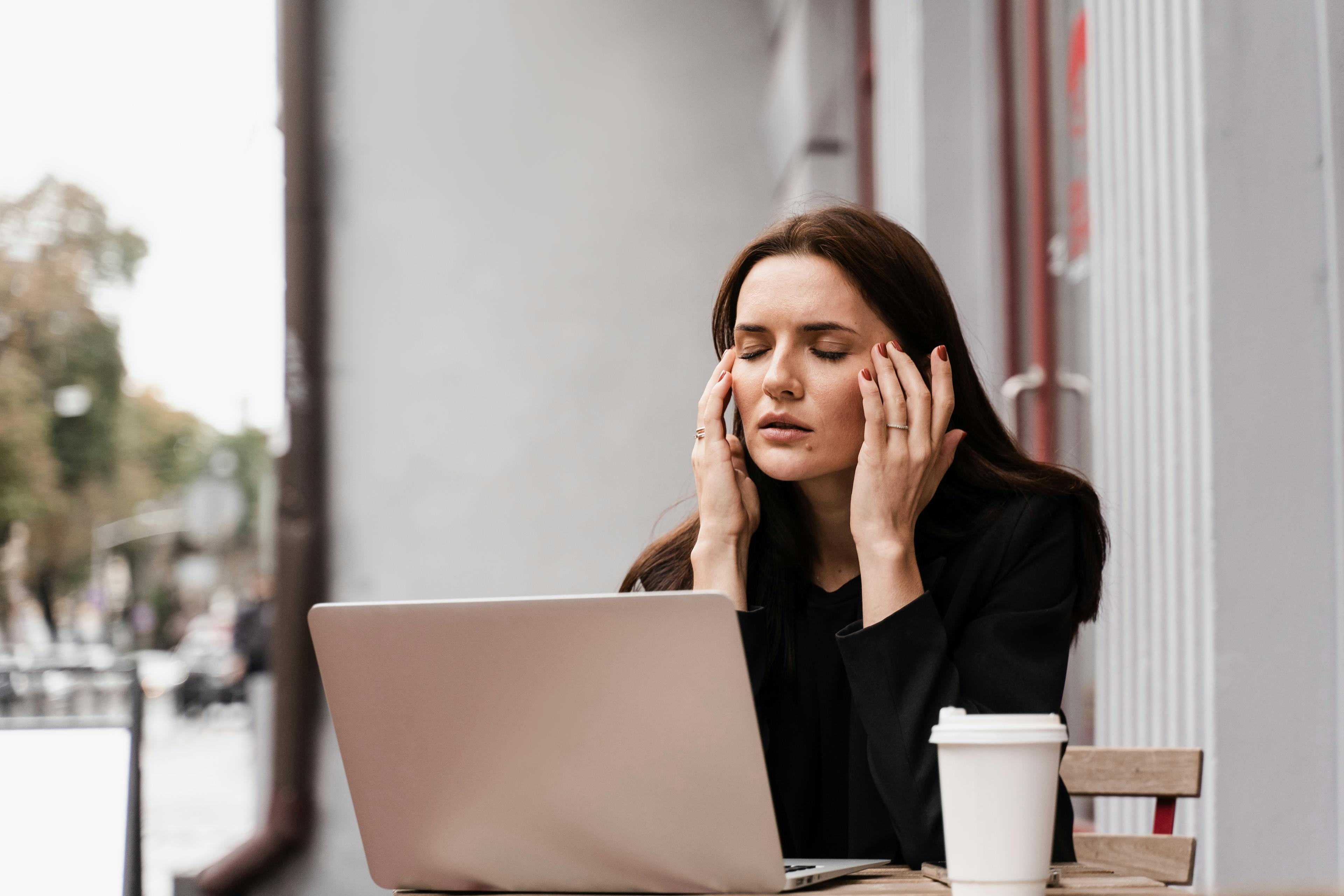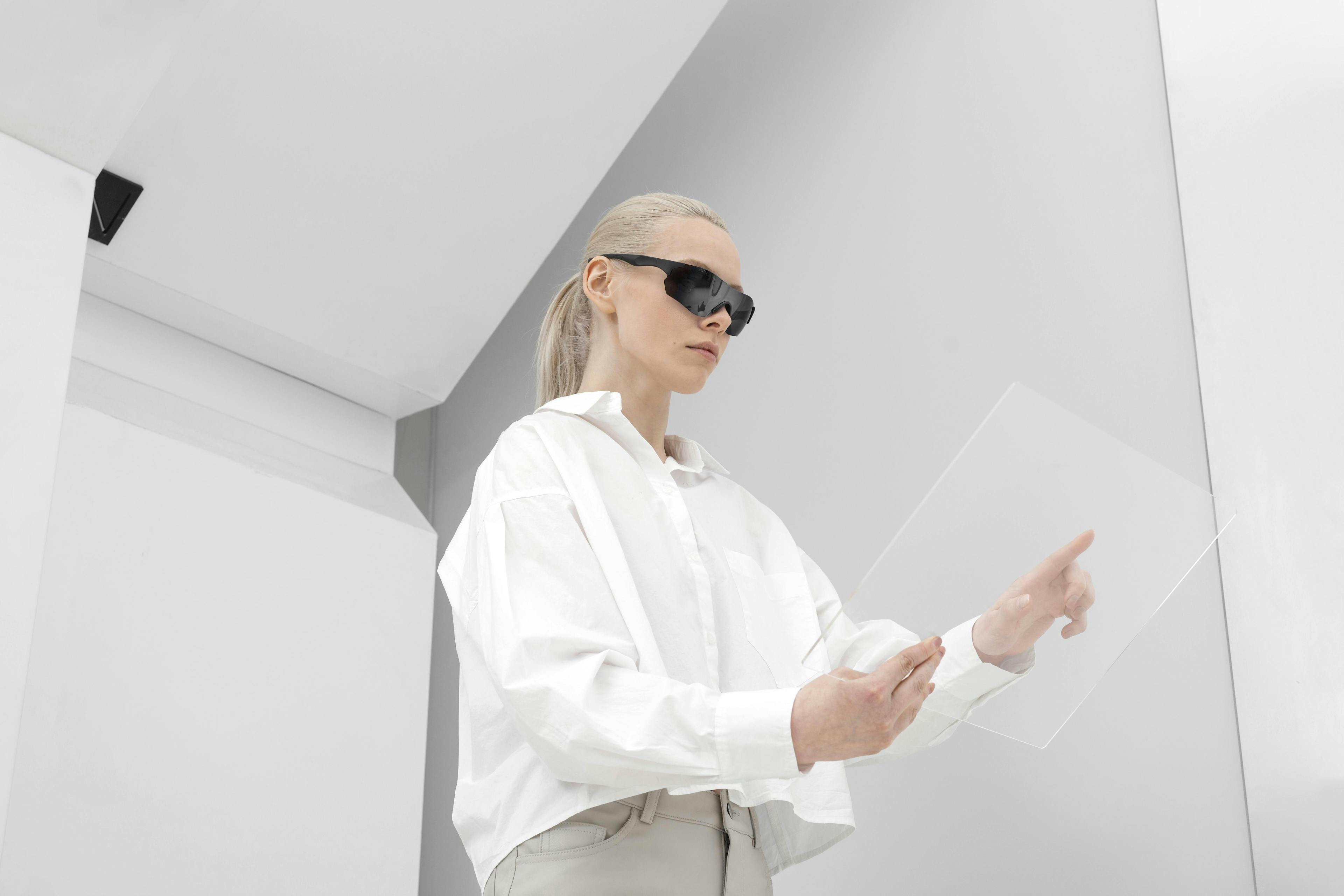
3 tips to increase online product discovery through outfits and looks
When a customer walks into a store, she rarely has in mind that she is looking for "a green cotton knee-length dress with three-quarter length sleeves and a V-neck" - maybe she is just looking for a summer dress for a wedding.
This is often how the customer journey begins: not with a specific product, but with ideas. In a store, the customer can look at the entire collection, be inspired by the silhouettes of the models, ask a salesperson for advice, take several items and combine them to try on looks... until she finds the right item or outfit.
Online, it's a different matter: you have to formulate your idea in key words, then browse through a large number of options. This works well if you know exactly what you want, but it doesn't necessarily encourage you to explore.
- Product discovery, a key issue in e-commerce
- What is product discovery? It is simply the fact that a customer finds a product that he wants to buy..
- Traditionally, the e-commerce response has been very analytical: make product descriptions more precise to improve search engine performance.
- But as the weight of e-commerce continues to increase in sales, it is becoming urgent for fashion brands to innovate to accompany customers in exploring online collections.
- "The online shopping experience has been thought of functionally; now it needs to replace in-store shopping," says Sarah Marzano, senior principal analyst at Gartner for Marketers, in Vogue Business.
Work on product discovery to increase sales
Improving online product discovery also means creating the possibility for the customer to buy items that they had not anticipated. This increases the number of items per transaction and the average shopping cart, and therefore generates additional revenue.
Product discovery also means ensuring that customers can see the range of products available without having to scroll endlessly, to encourage cross-category purchasing and the rotation of slower moving products.
The look, a special tool to promote product discovery in fashion
Fashion brands know it well: the look is the secret weapon to make people discover the clothes in situation. Whether it's brand lookbooks or influencer #ootd, there's no better way to showcase a product than to show it worn in a stylish outfit.
In the same way that the statuesque mannequins of the shop windows are the object of a well thought-out styling, the outfits worn on the photos of the e-commerce sites answer precise objectives of putting forward the products.
According to a survey conducted by Veesual in 2021, nearly one in two customers are in the habit of looking for complementary items on photos of mannequins on the product page.
It just goes to show that the look is a key element in exploring the collection and discovering the products.
Dynamic look recommendations, a tool for product discovery
Most fashion sites now include in their product recommendation systems not only the recommendation of similar items but also complementary items to "complete the look".
Recommendation engines take into account both the brand's business objectives and customer data to always push the most relevant combination.
By highlighting the recommendation in the form of an outfit, we maximize its effectiveness. The look creation engine Stylitics has announced a 20% increase in the number of items per basket thanks to its personalized look system.
Giving the customer a hand in choosing his outfit, a true product discovery experience
In the store, the customer is not always accompanied by a salesperson who will recommend this or that article to complete his outfit. Some customers prefer to browse the collection themselves and try on several combinations in the booth before choosing their look.
To recreate this product discovery experience in e-commerce, it is necessary to let the customer create his assortments in a fun and engaging way.
Veesual's Mix&Match module allows customers to explore the collection via a "Shuffle" button that refreshes the proposed look. In a few seconds, the customer is exposed to a large number of products and outfits, and is projected with the outfits.
Create your look on a mannequin, to combine product discovery and projection
To reproduce online the experience of trying on a look in store, there's nothing like allowing customers to create their looks directly on a mannequin. You choose the clothes, and you see how they look when worn... without having to try them on!
To further engage customers in the online product discovery experience, Veesual's Model Try-On experience allows everyone to create a look and visualize it on a mannequin that resembles them (age, morphology, skin color, hair...)
In fact, a university study showed that purchase intent increases by 200% when customers see a mannequin that looks like them. Allowing customers to create looks and visualize them on a mannequin not only promotes product discovery but also improves transformation.
RESOURCES
Discover our new article

"Complete the Look" Banners : is it enough ?
Scroll through any product page on a fashion eCommerce site and chances are you’ll see it: a “Wear it With” or “How to Style It” section, usually nestled just beneath the product. These are variations of what many fashion brands refer to as “Complete the Look” banners—a quick way to suggest complementary items that finish an outfit.

Has Online Shopping Lost Its Spark?
For years, e-commerce has delivered on convenience, speed, and scale. But something essential may have been lost along the way: the joy of shopping.

5 Ways Virtual Fitting Can Elevate Your Fashion Brand’s Online Presence
Virtual fitting has become a must-have in fashion e-commerce. Just like everything in fashion, ignoring the trend means falling behind. Virtual Fitting is more than a nice-to-have, it boosts your online shopping experience while making it more accessible and engaging for everyone.
